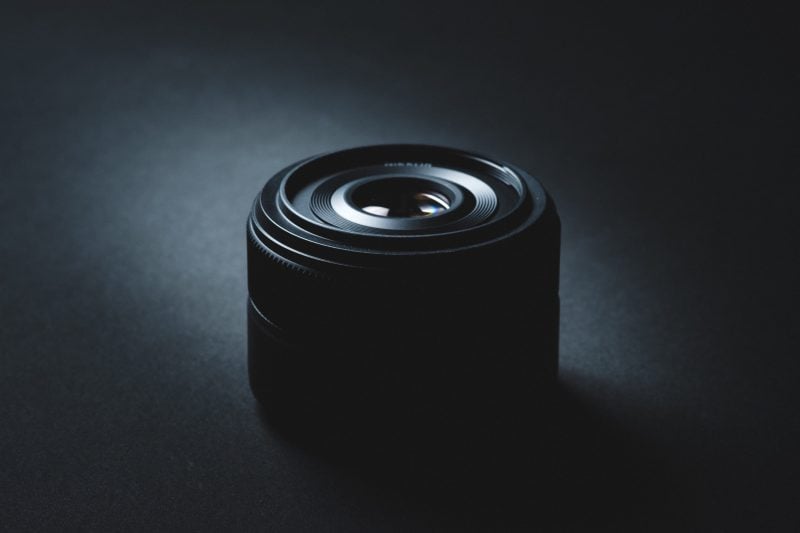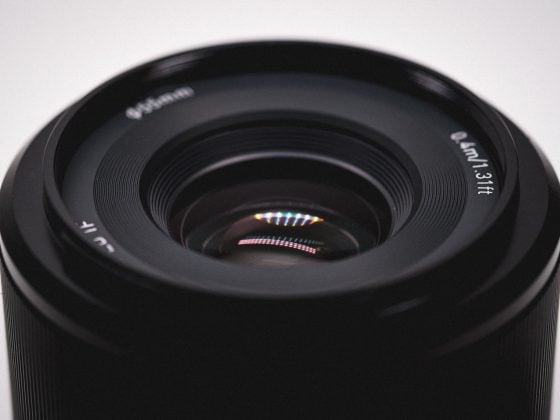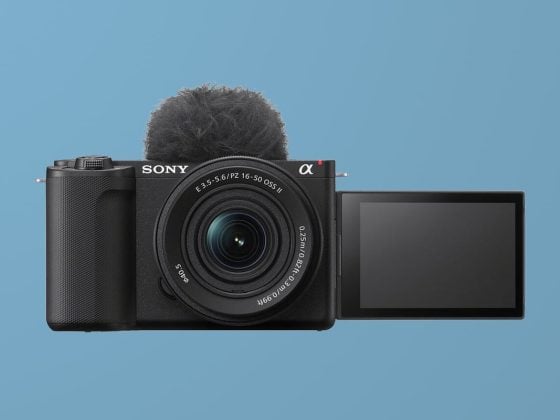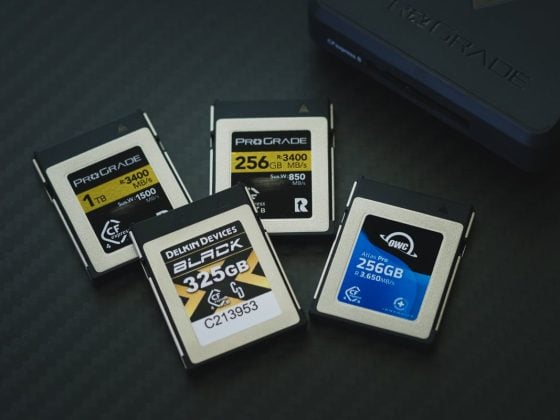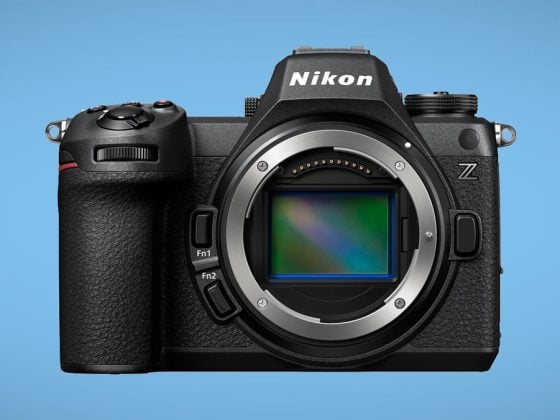The Nikon Z 40mm f2 is a compact full-frame lens for the Nikon mirrorless system. It is impressive for its price and capabilities, with an overall really nice balance between size and performance.
Lens Specs
Check Price: Amazon / Adorama / BHphoto
See how this lens compares to other Z Mount Lens.
| Focal Length: 40mm Aperture Blade: 9R Aperture: f2 – f16 Elements: 6 elements in 4 groups Coatings: Super Integrated Coating Weather-Sealed: Yes Minimum Focus Distance: 11.4″ / 29 cm Filter Threads: 52 mm Weight: 6 oz / 170 g |
Pros: Very sharp in the center stopped down, good micro-contrast, great flare resistance, average color and contrast for Nikon prime, semi-classic rendering (subjective), small and light, price, quiet and smooth autofocus, minimum focus breathing, weather-sealed.
Cons: Nasty coma, some loss of sharpness at close distances, some loss in sharpness towards the edges of the frame, not great bokeh in transition zones (the area that is just out of focus).
Personal Thoughts: I find autofocus to be very acceptable and accurate and can easily handle tough situations like street photography at night, but some lenses, like the Z 50mm f1.8, are a bit faster. While many retail pages do not advertise this lens as dust—and water-resistant, Nikon’s official page advertises it as dust—and water-droplet-sealed. This lens has a little bit more of a classic rendering, and I loved it paired up with a Glimmerglass Diffusion filter at around 1/4 power.
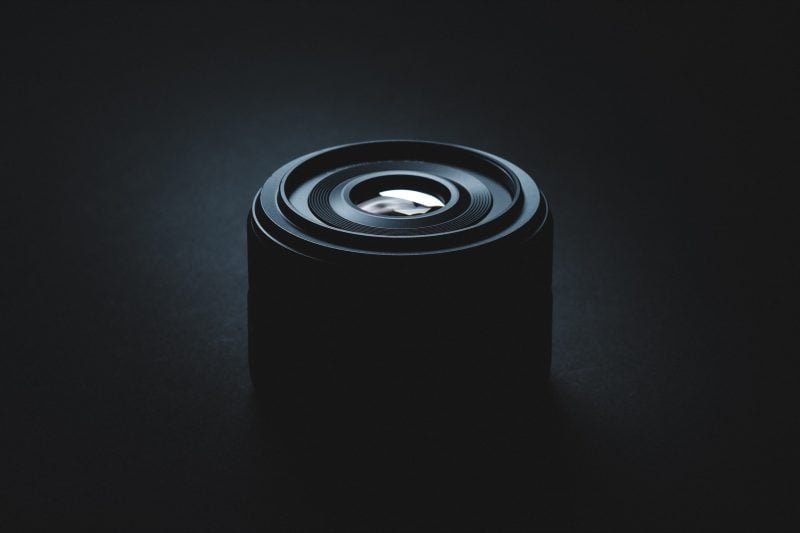
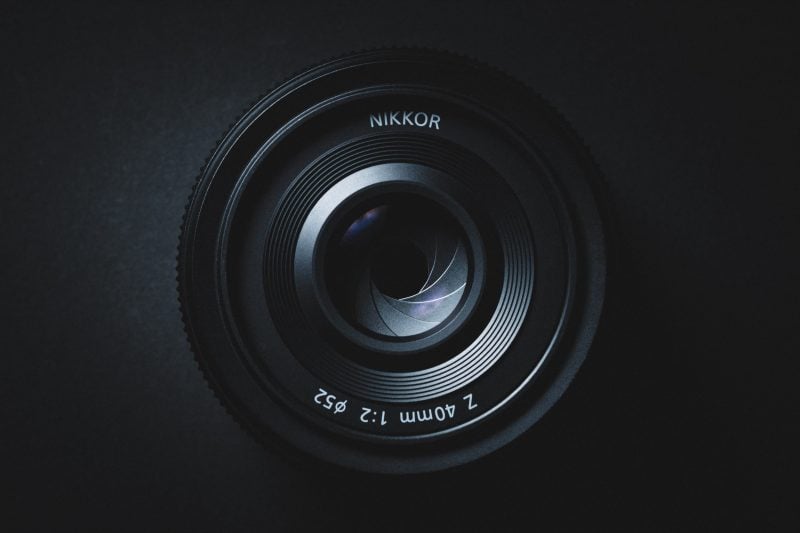
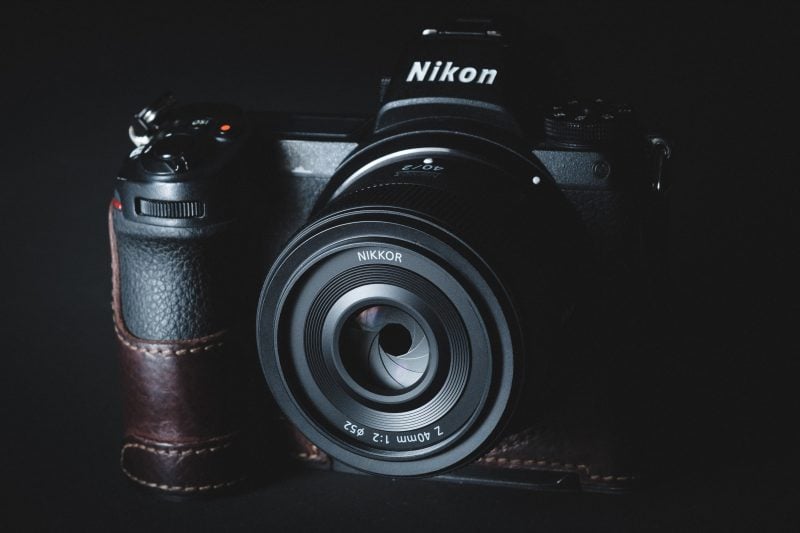
Nikon 40mm f2 First Impressions
With only 6 elements, this lens produces a more classic look with a bit more micro-contrast. The bokeh is a little more bloomy at the center and, overall, a little less perfect than the bigger S lenses.
The results are unique, and the lens is still very sharp and punchy. It’s a great go-to everyday carry lens—especially for the price—so I’m enthusiastic about it.
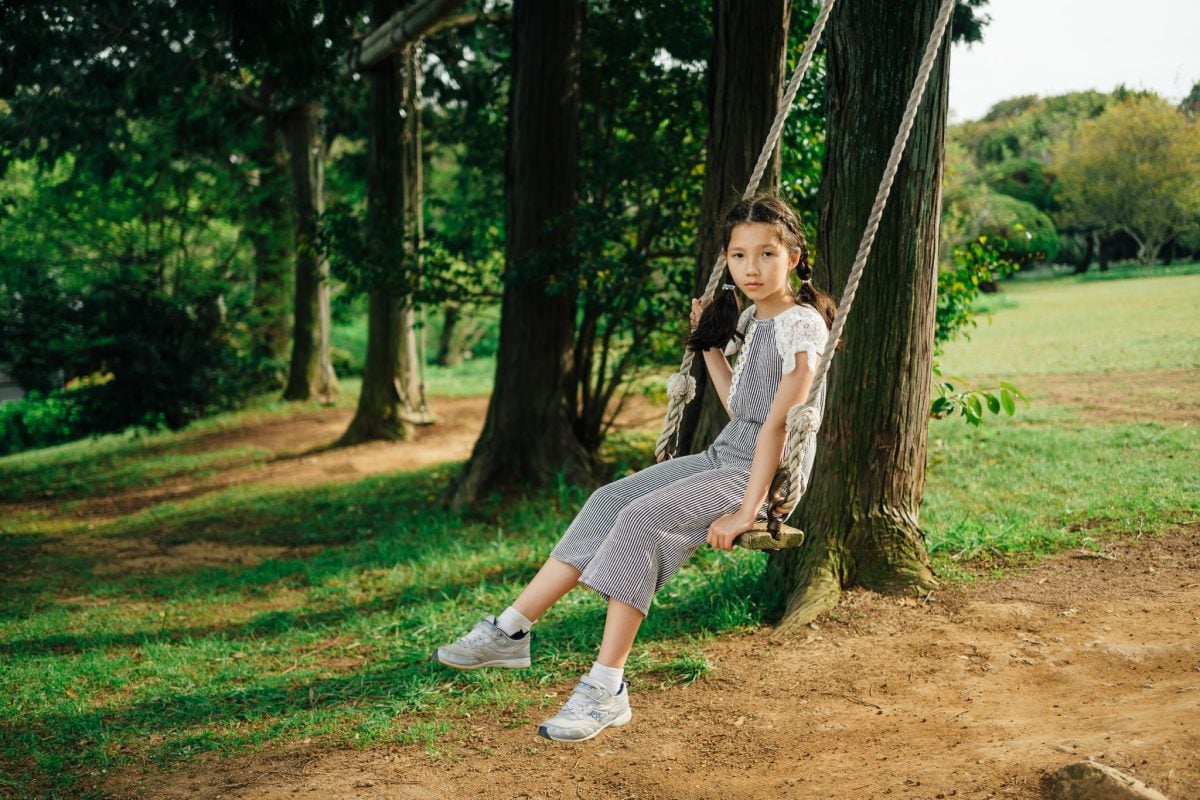
Nikon 40mm f2 vs Competition
There are a few other lenses from other brands that are similar in size to this lens. I own a few of these.
I’ve listed the prices that are subject to change over time. But when writing this, here was the value of each of these lenses.
Canon RF 35mm f1.8 IS lens ($500) RF
Sony Zeiss 35mm f2.8 ($598) FE.
Sony 40mm f2.5 G ($598.00) FE
Sigma 45mm f2.8 ($549.00) for the FE and L mount systems.
Tamron 35mm f2.8 Di III $250 FE
What’s the difference?
Those lenses above are all fairly expensive, except the Tamron. The lenses are also a little slower than this Nikon 40mm, except for the Canon 35mm, which is f1.8.
The Nikon 40mm f2 undercuts them all pretty heavily in price, and the performance is also really nice. It will likely not match some of these lenses regarding overall image quality since it is a lower-element lens. But this lens is about a stop faster than most lenses in this range.
Even if you price this lens against APS-C systems at $300, it’s still pretty competitive as the XF Fujifilm 35mm f2 is priced at $400. However, with a plastic mount, comparing it to the $200 Fujifilm XC 35mm f2 would be more appropriate, although the 40mm is considered weather-sealed. So die-hard APS-C shooters could probably still find more value in Fujifilm over Nikon in the 35mm-40mm range, but not by much.
What does classic rendering mean?
When I say classic rendering, that typically means higher micro-contrast (you’ll notice a little more tonal detail in the skin tones and cleaner colors in highlights), and less consistent performance from the center to the edges, and often classic lenses have a big bend in the field curvature (not this lens). Bokeh in the center is usually a little puffier and a little more lively than the midframe and edges, where the shape is often not as symmetrical.


Classic lenses usually flare and bloom a little more, as well. – Not this lens.
Non-classic lenses like the Z 35mm f1.8 S or 50mm f1.8 S, have very clean field curvature, consistent sharpness throughout the frame, and fairly consistent bokeh depth throughout the frame. This often creates a 3d cutout effect with the subject separation with very clean transition zones (areas just out of focus). To do all this, a lens needs a lot of elements, which will lower the micro-contrast.
The Nikon Z 35mm f1.8 has some of the prettiest focus falloffs of any of the Z lenses, and I highly recommend it over the 40mm lens if portrait photography is your primary focus.
This 40mm f2 is a simpler lens and sacrifices edge and corner performance in favor of punchier tones. Still, it’s only partly classic since it does use two aspherical elements to clean up that field curvature, and it does use nice coatings to keep light blooming and flaring under control.
Overall, it’s a very balanced lens, but it’s not the best option for shooters looking for near-perfect reproductive photography, such as landscapes or astrophotography.
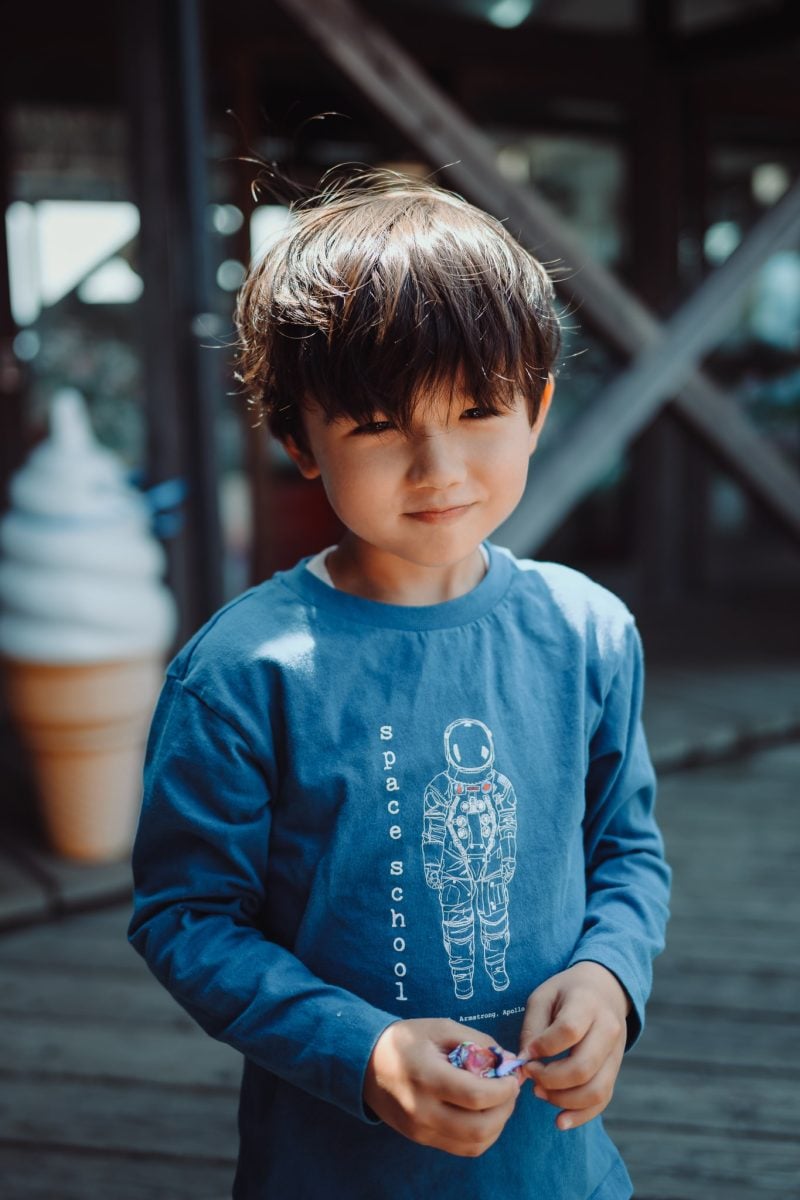
Why do a lot of elements lower the micro-contrast?
Every time you introduce a new element to an optical design, you introduce two new surfaces, this creates more potential for light to scatter as it transitions in and out of that surface. No matter how good the glass is, there are also impurities. The more glass there is, the more light can be disrupted as it interacts with those impurities. All of this can interfere with the phase and frequency of the light, reducing its clarity and resolution.
It’s almost like the analog version of a 10-bit image vs. a 12-bit image. With high-element lenses, there seems to be less resolution to the color and tonal depth, and color and tonal transitions, like in skin tones, never look as nice. You should be able to see it immediately in these samples if you’re used to shooting on the Z 50mm f1.8 S.

Nikon Z 40mm f2 Review | Build Quality
The build quality is solid overall, and the lens feels tougher than it looks. Originally, I was concerned that this would feel like a light and cheap lens, but I was impressed by how it feels and functions. It’s a single barrel design with internal focusing elements, meaning externally, there are no moving parts or openings to suck in dust or moisture.
This lens uses two aspherical elements in a 6-element, 4-group design with 9 rounded aperture blades that are visibly close to the front element, which looks pretty cool.
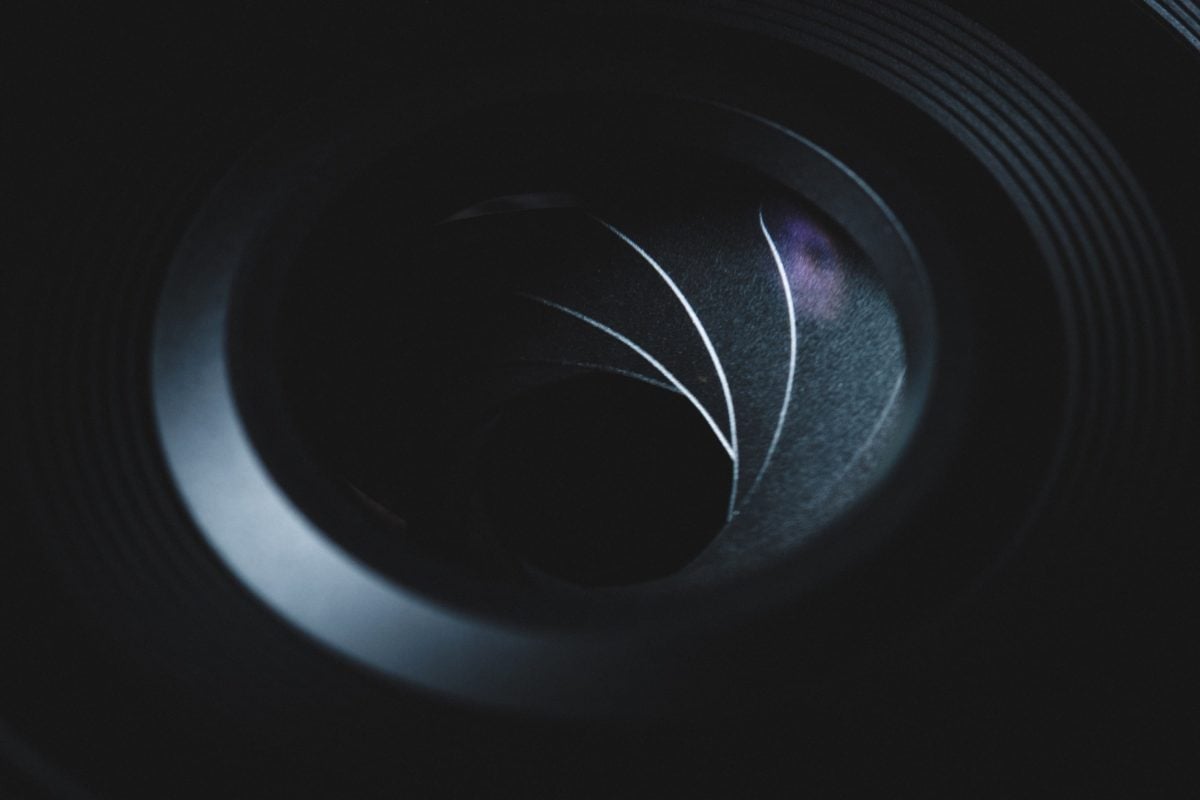
There is no lens hood or place for one, but the coatings are good enough that I’ve never had any issues with flaring or ghosting. Again, this isn’t a good choice for landscape photography anyway.
This lens does have a plastic mount, which is a little disappointing. It’s not that it needs a metal mount, but having one would help with the overall presentation of the lens. With a plastic mount, the perception of this lens will be that it’s an entry-level lens with entry-level performance, even though, optically, the lens produces very good results.
If you’re concerned about this plastic lens being just a plastic lens, I’ll say the overall quality of the lens feels very nice; it doesn’t feel cheap.
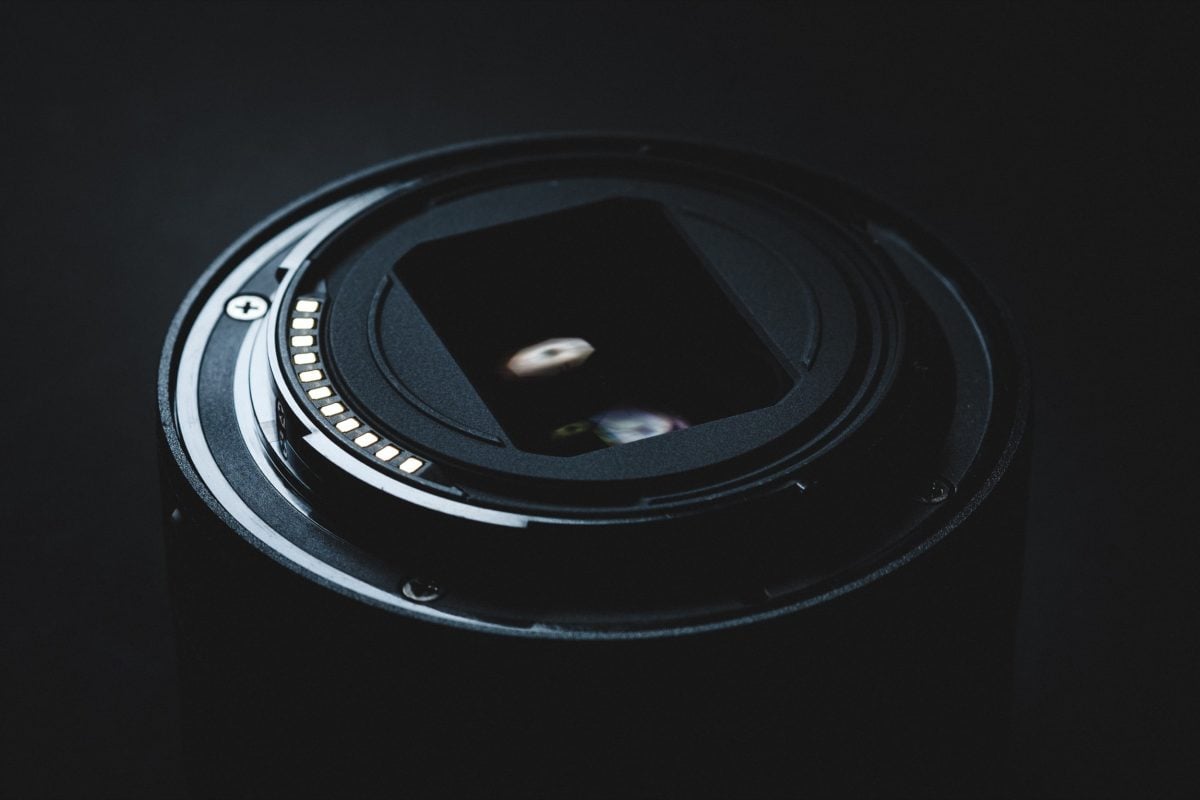
Another weird thing that bugs me about this lens is the type of plastic they’re using, which works as a fingernail file. It’s high-quality plastic, and it feels good, but as I go about the day shooting, my fingernails bump and scrape on the side of the lens next to the grip, and there ends up being all these little marks that make the lens look dirty. It’s not damaging the lens, but I am constantly leaving behind fingernail dust on the lens’s side and other marks. It’s just weird, and I’ve never experienced it before. This is where maybe an aluminum housing would have been nicer for that bottom section of the lens.
To see if I was crazy or if this was just me, I also looked at other lens reviews, and with some of them, this lens was also very dirty by the time they were done with it.
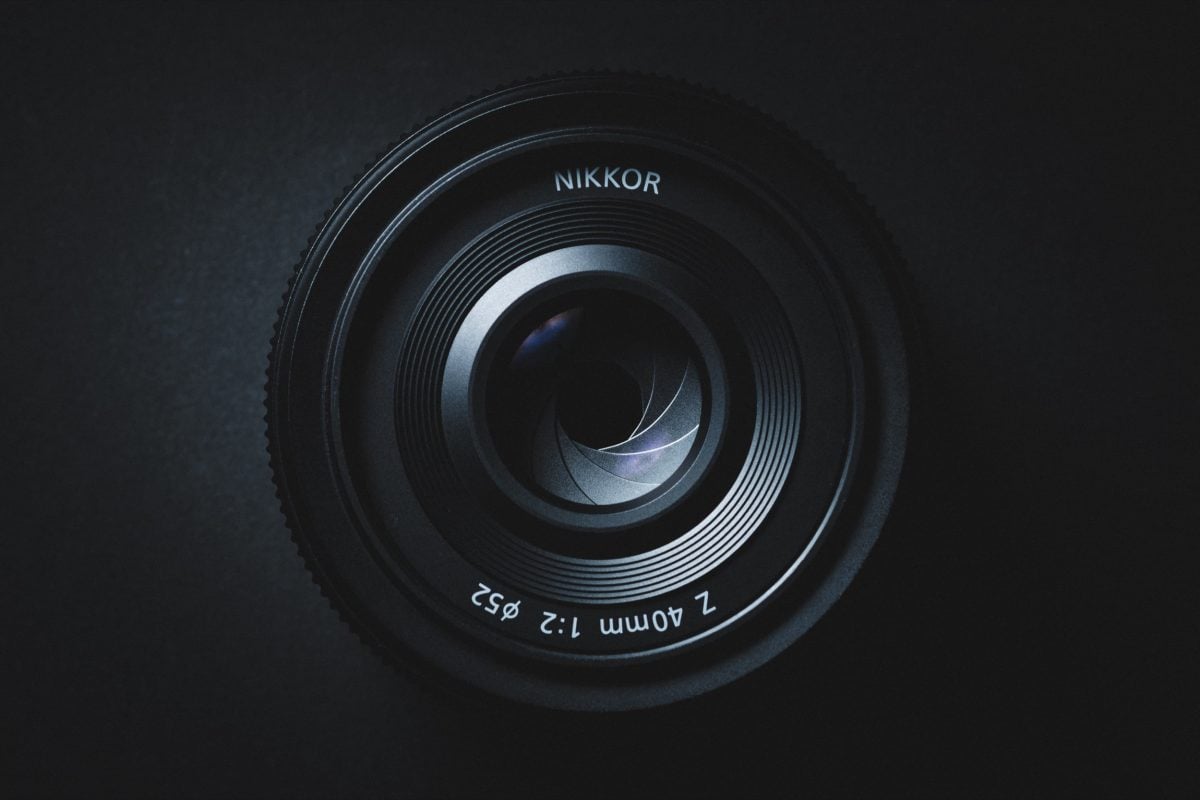
Nikon Z 40mm f2 Review | Technical Overview
The Good
Sharpness – The Nikon 40mm f2 has good center sharpness, especially when stopped down to f4 or f5.6, but not as much so at close distances and not as much at f2. It’s more than good enough on a camera like the Nikon Zf, but on a higher-megapixel camera like a Z8, there are sharper lenses like the 50mm f1.8 or the 105mm f2.8 macro lens.
I wasn’t expecting a lot out of a 40mm f2 compact lens, but the center sharpness was surprising. However, sharpness does fall off a little towards the edges and gets a little softer in the wide-open corners. Also, this lens will lose some of its sharpness at close distances. Anything under maybe 5 feet will soften up, and you’ll probably want to stop down to f4 by the minimum focus distance if you demand absolute sharpness at close focus.
Micro-Contrast – Compared to the current lineup of S lenses, this 40mm has a lot more punch and tonal detail, making the images feel like they have better color and contrast.
What is micro-contrast? Check out that guide for samples.
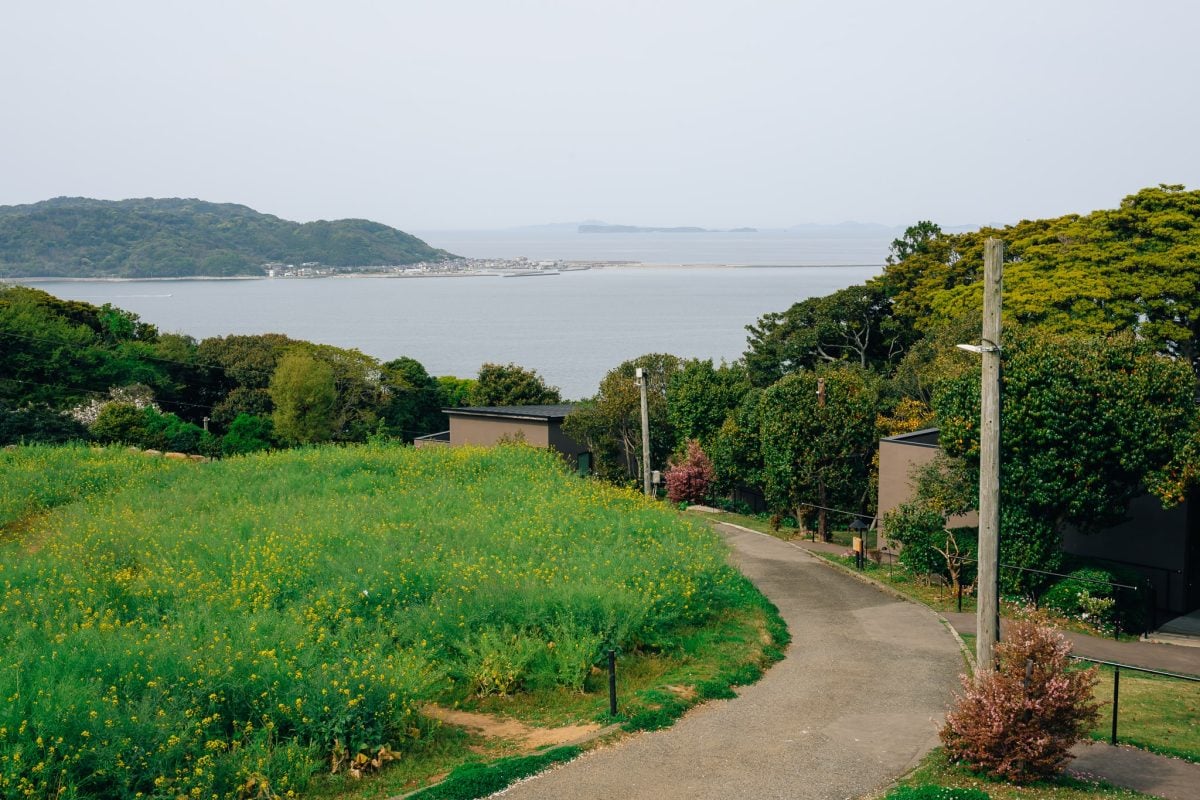
Focus Breathing – Like with so many Nikon prime lenses, the 40mm f2 focus of breathing is kept to a minimum. This is great news for video shooters who want clean focus without relying on cropping the sensor to correct this issue, as Sony does. This allows great performance while using the full sensor.
Build-In Profile Corrections – Compared to third-party lenses like the Viltrox 35mm f1.8, this lens has built-in profile corrections, so vignetting and distortion are cleaned up before the files even get to your computer. You won’t see distortion or severe vignetting, even with RAW files.
Coatings – Nikon uses a Super Integrated Coating on this lens, and the results are nice. There are no Nanocoatings on the outer elements, so you’ll likely have to work a little harder to keep the lens clean.
These coatings also allow you to use the lens in bright, sunny conditions without losing contrast or clarity. Images are high in global contrast and saturation.

The Bad
Astigmatism – Like with my Canon 35mm f1.8, you do also get that crazy astigmatism along the edges and corners. This lens won’t work well for astrophotography, and you’ll even need to be a little careful of the scenes with a lot of little point lights.
Here is the image and bottom right corner as an example.
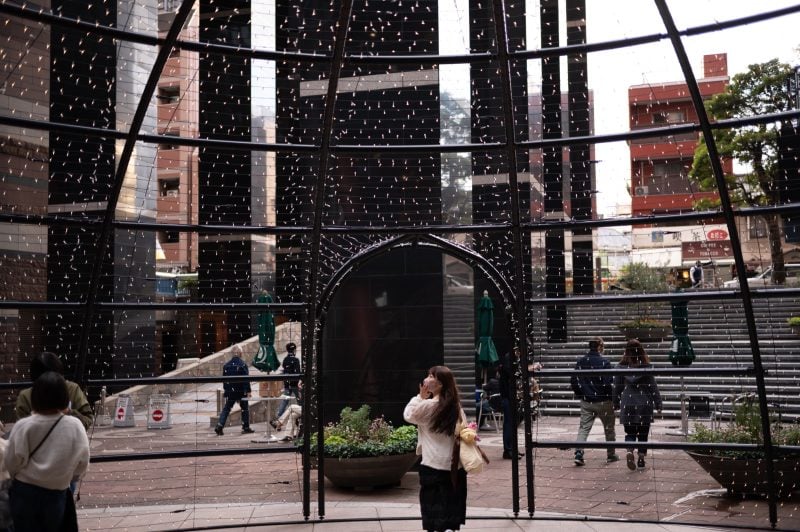

Some CA – There are some chromatic aberrations in high-contrast areas, specifically in the bokeh. You can even see some of it in the top right of the above shot on the left, but it’s nothing to really get concerned about.
Softer Close Focus – Like with most old wide lenses or lenses with that more classic optical design, this lens does lose its sharpness a little when doing close focus. This lens has a minimum focus distance of 29cm or 11.4″, so you’re limited a little here on how close you can get anyway, but if you’re shooting at the minimum focus distance you might want to stop down a stop or two to get back the full sharpness.
Nikon has been doing a great job getting around with some of the dual-element or all-element focus systems, like with the 85mm or the 26mm. But the 40mm keeps it simple.

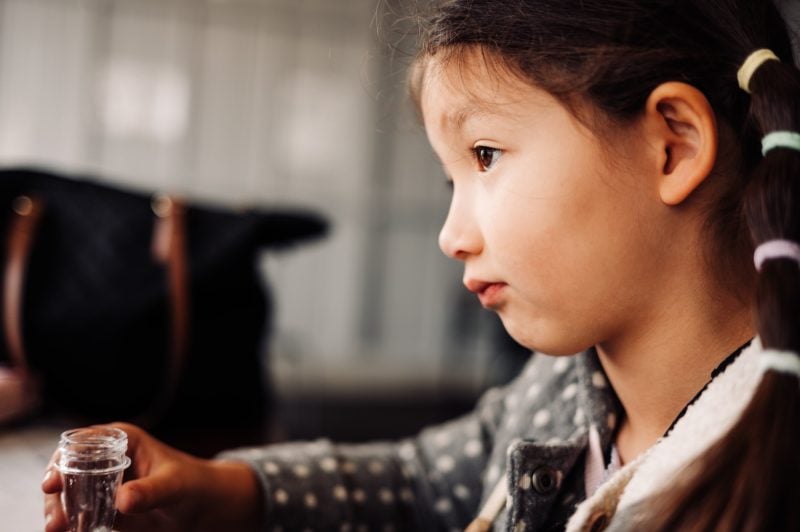
Autofocus, Is It Good?
Yes, autofocus is very good. I can shoot in AF-C just fine, and it mostly passes the swing test with my kids, which a lot of lenses fail. Just going off my experiences, I would say it’s a little better than the 35mm f1.8 but not quite as good as the 50mm f1.8. So it’s very good and will keep up with a hyper kid in most situations, but if they are running towards you, often you’ll get the focus on their ears instead of their eyes.
Autofocus is quiet and smooth as well.
This photo is also another nice example of how the center bokeh is a little puffier and more intense than the edges – very classic.

Shooting 40mm, is it worth it?
The Nikon 40mm isn’t my first 40mm; occasionally, I still shoot with my Canon 40mm f2.8 pancake on my EOS R, and I’ve always loved the focal length as a prime.
Voigtlander also makes a few 40mm lenses, and the new Ricoh GRIIIx is fitted with a 40mm equivalent prime.
40mm is a very fun, casual focal length, and it’s gaining popularity. For someone who can’t decide between 35mm and 50mm, 40mm is a nice compromise. It’s not as wide as 35mm, so it allows a little more subject isolation, but it’s not so tight that shooting the full scene is difficult, like with a 50mm.
Personally, I like 40mm more than 35mm for general-purpose photography. While I love the longer lenses like 50mm and 85mm, 40mm is a bit more versatile, so it’s a great lens to carry all the time since it still works in any situation like a 35mm.



Art & Character
This lens has a very interesting vibe. It renders much like some of my classic lenses or even my cheaper ones with simpler designs. The image quality is very good together because of the nice coatings and aspherical elements. So there are no big imperfections except for the coma in the corners, but this lens mostly has cool rendering with overall good results. I like the balance here.

Bokeh
The bokeh is interesting with this one, and if you’re not used to old-school lenses, it might throw you off.
If you’re using the other Z lenses of the S line, you’ll notice they have a totally different profile. Their bokeh swirls a little, with some clean-shaped cat-eye bokeh along the edges and corners.
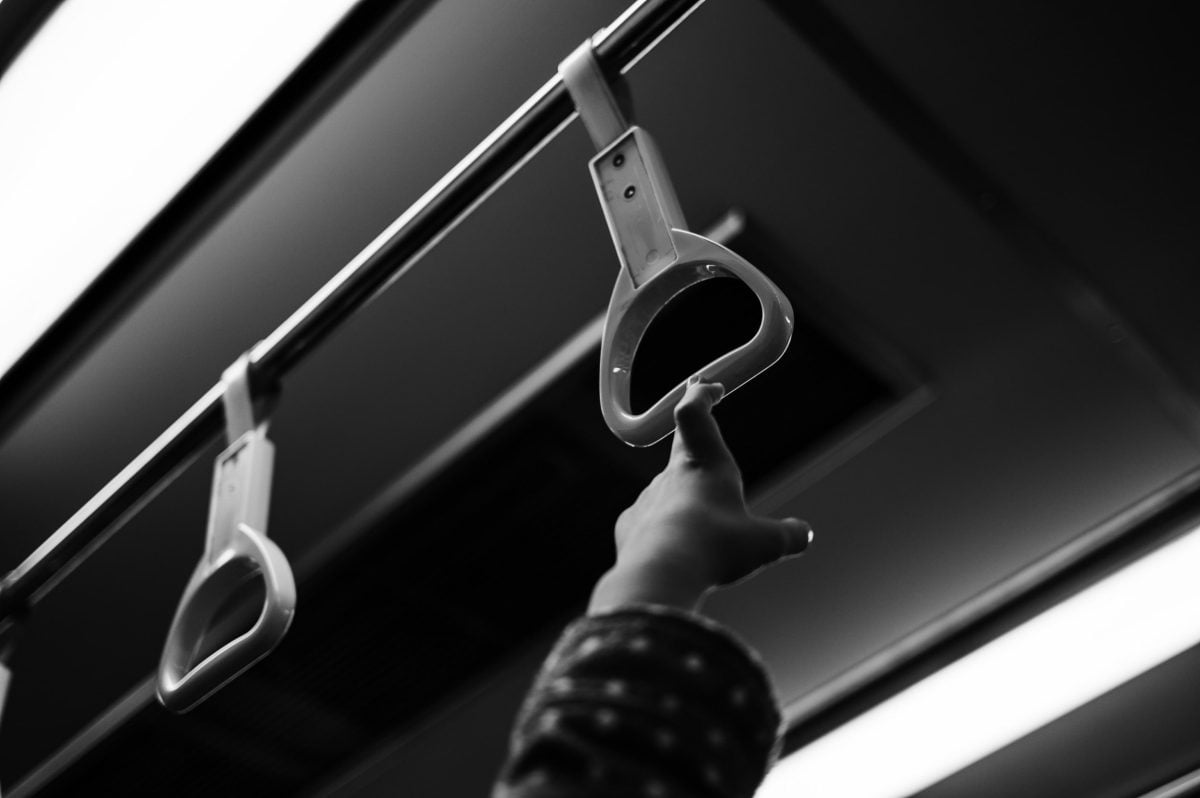
Not this lens.
This lens has astigmatism in the corners, so the bokeh isn’t beautifully shaped with beautiful cats’ eyes. Rather, the shape is asymmetrical and kind of blobby. You’ll also see crazy comes in the corners when they are in focus.
Corner sample of the blobby shape.

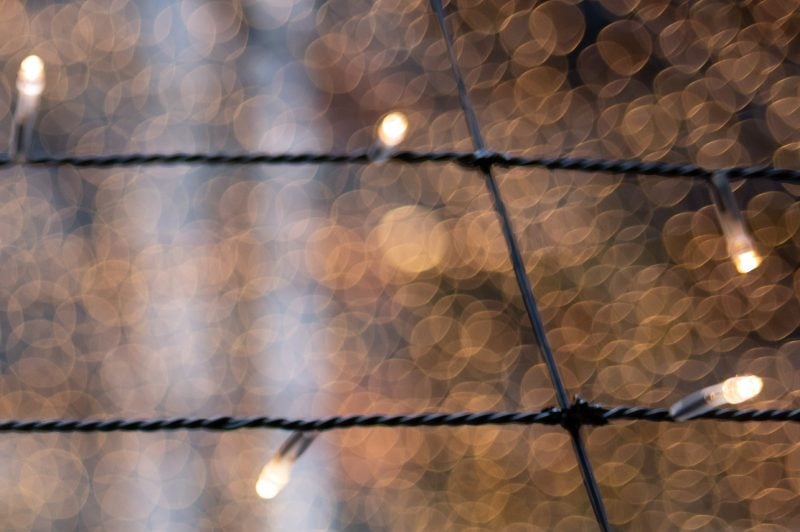
Like other classic lenses, this center bokeh is bloomier and more intense compared to the edges and corners, sometimes this creates an interesting depth to the image when the subject is positioned correctly.
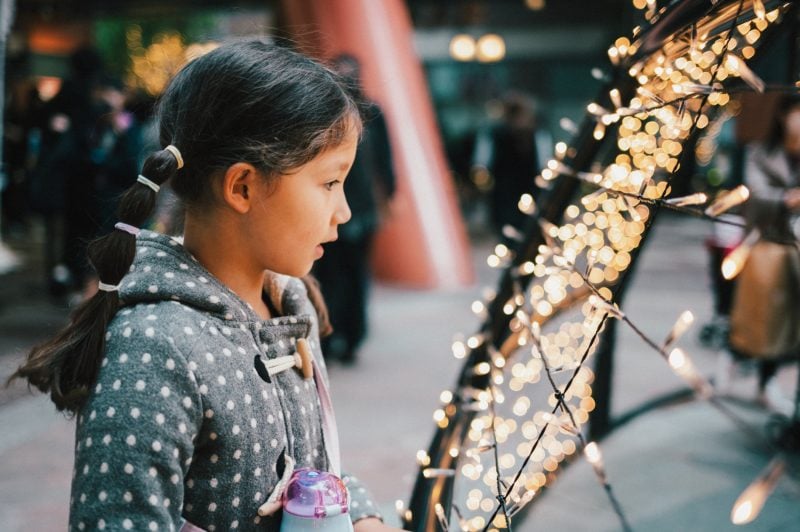
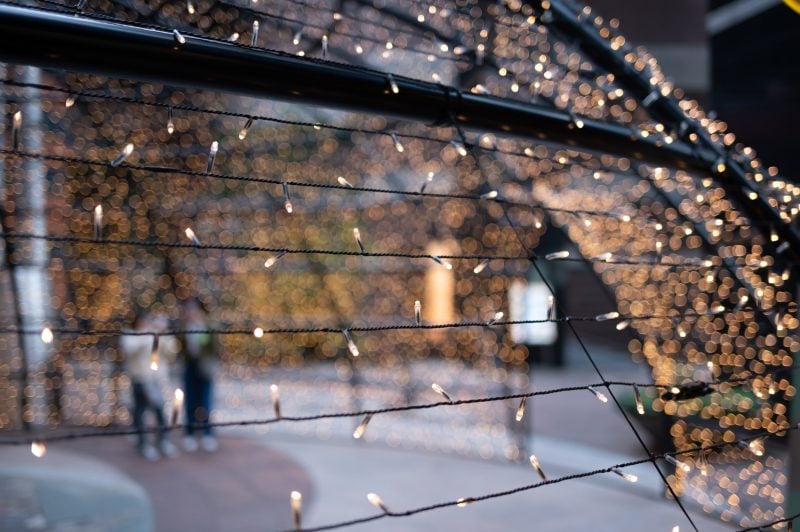

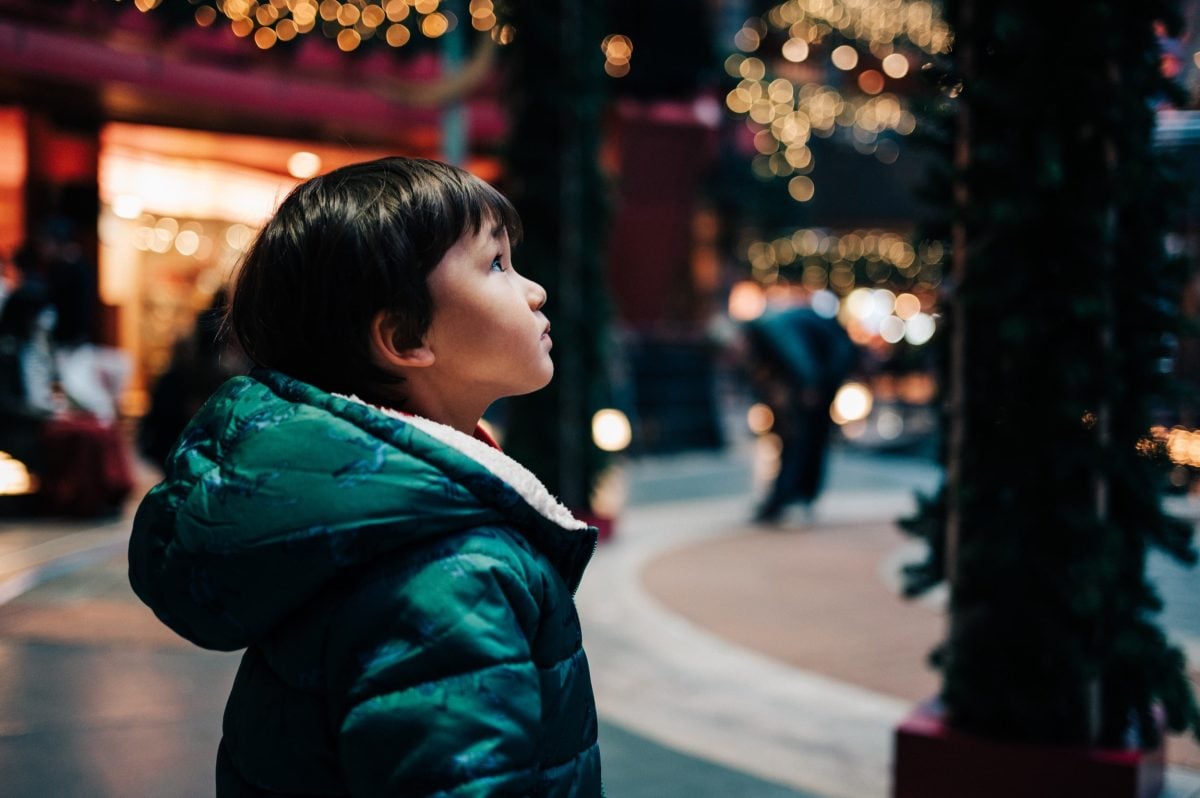
Focus Falloff – Transition Zones
Compared to the bigger S-line lenses, the focus falloff behaves differently with this lens, and it almost feels a little more analog. The render has a less 3D cutout effect, and the area that’s in focus to out of focus has a slightly calmer transition and feels a little less dramatic.
Also, the areas in the bokeh that are just out of focus ( aka the transition areas ) are not quite as nice on this lens compared to the 35mm f1.8 S lens, but not terrible, but the out of focus areas are a little hazy and ghosty.
Bottom Line – Should You Buy It?
The Nikon 40mm f2 is a fantastic addition to the current lineup of Z lenses. While the Nikon 35mm f1.8 S performs better overall, none of the S lenses deliver what this lens delivers regarding micro-contrast, making it special in its own right.

For just a little bit more money, you can now get a Viltrox 35mm f1.8, but the 40mm f2 Nikon lens is overall a little nicer with autofocus, quite a bit more compact, and I’m going to guess it’s sharper at f2 than the Viltrox, although I haven’t done any side-by-side.

Where the Viltrox beats the Nikon is at corner performance. Astrophotographers will get better corners than the Viltrox, and landscape photographers will also have cleaner corners overall. Still, they’ll need to manually clean up the Viltrox distortion, which is quite noticeable.
I personally prefer the Nikon 40mm f2 over the Viltrox for street shooting, but if I needed an inexpensive lens in this price range for landscapes, I would go with a Viltrox or some other manual focus option over this 40mm f2. This is just not a landscape lens; perhaps you could get by with many situations at f8, but I think better lenses are designed specifically for that.
This lens is a great street lens or everyday casual lifestyle lens, and with the fast f2 aperture, it’s still great for shooting at night and in low light. I have zero complaints with this context, although the corners get a little funky with some lighting conditions.

It’s easy to say, I am very happy with the results here for the price, but serious professionals would probably still like to have the 35mm f1.8 specifically for portraits.
Similar Lens Reviews.
Nikon Z 40mm f2 Sample Images
Check Price: Amazon / Adorama / BHphoto
Sample images were shot with the Nikon Z6.
Colored with my Lightroom Presets.









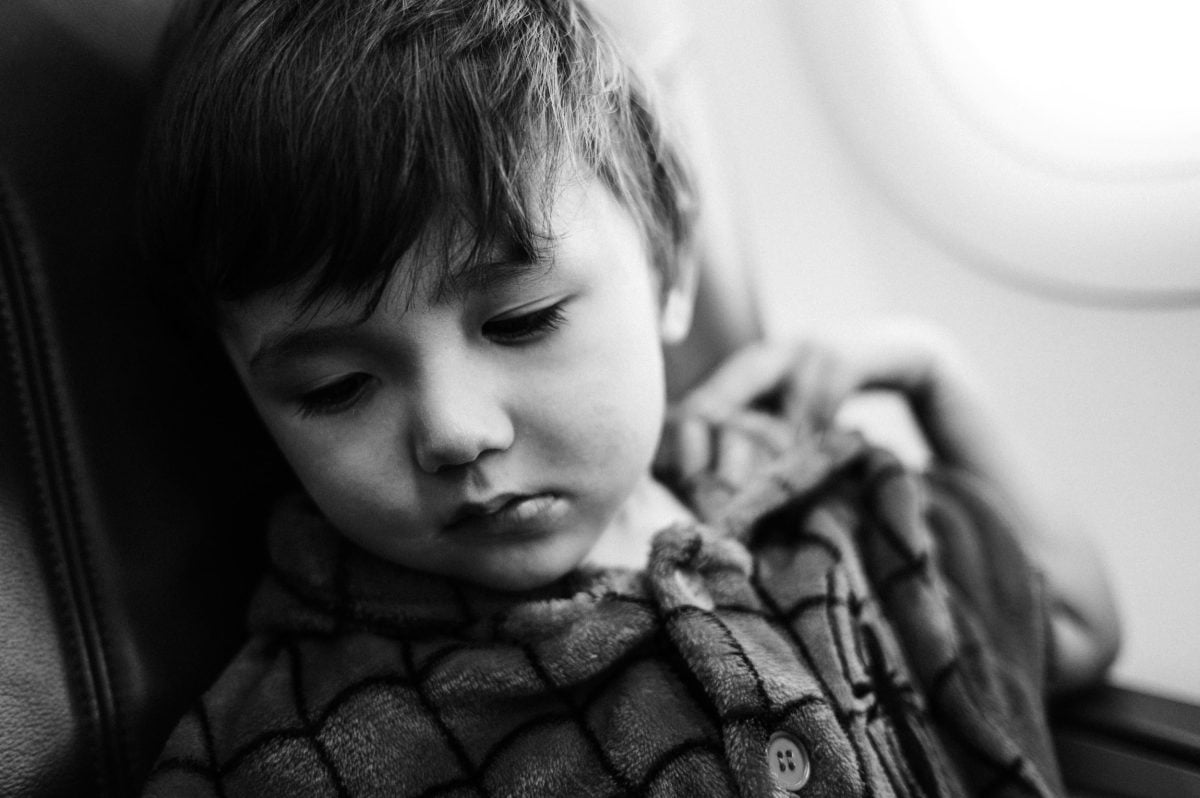






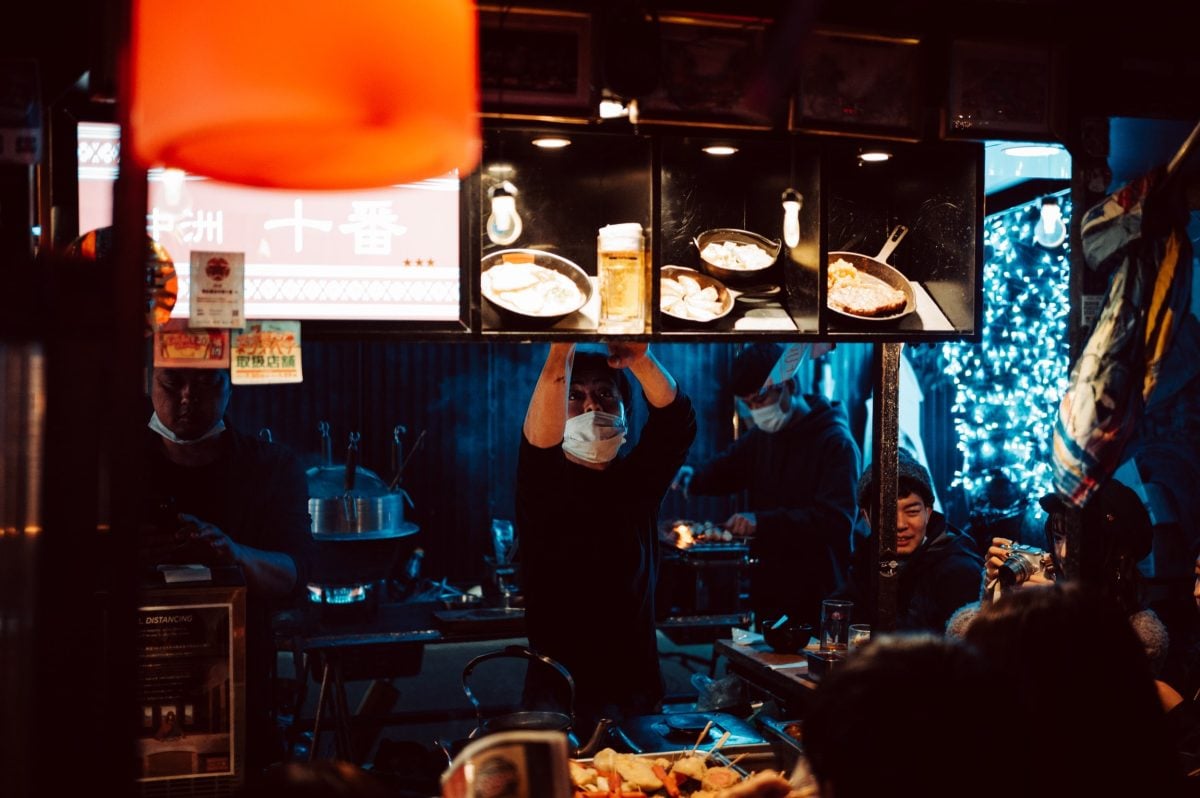
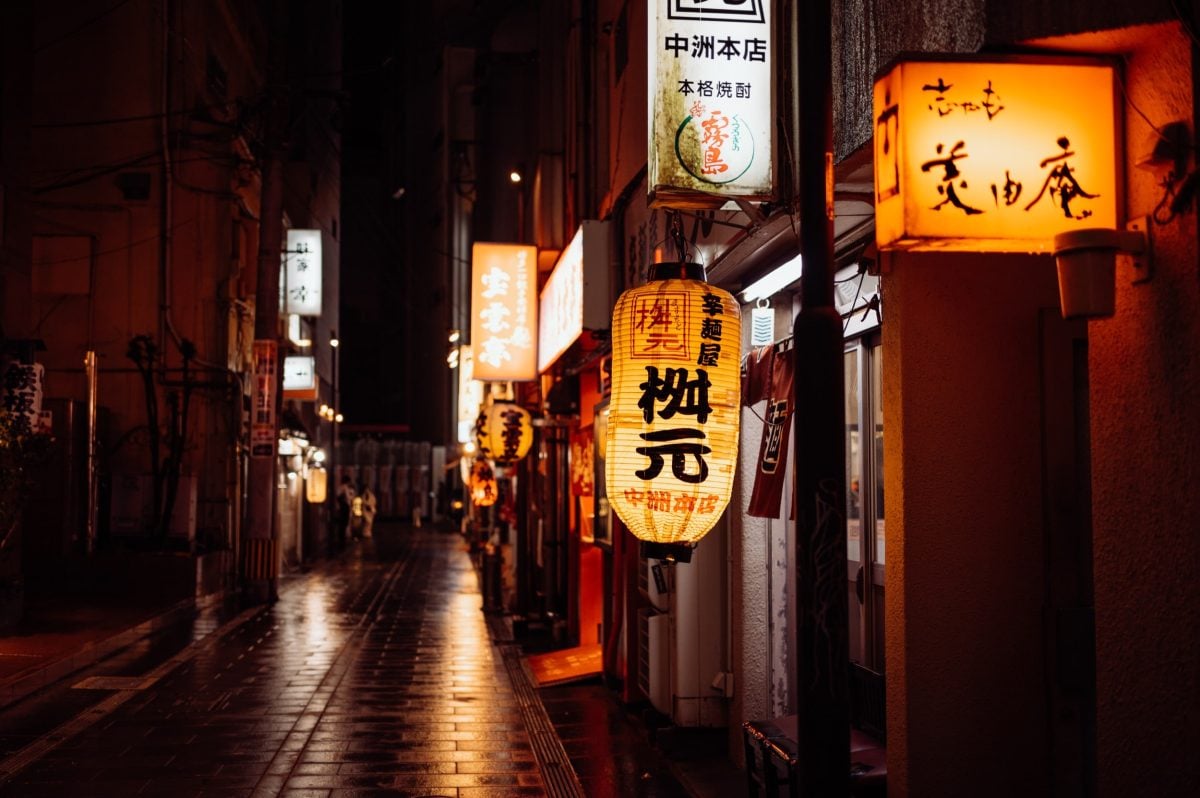
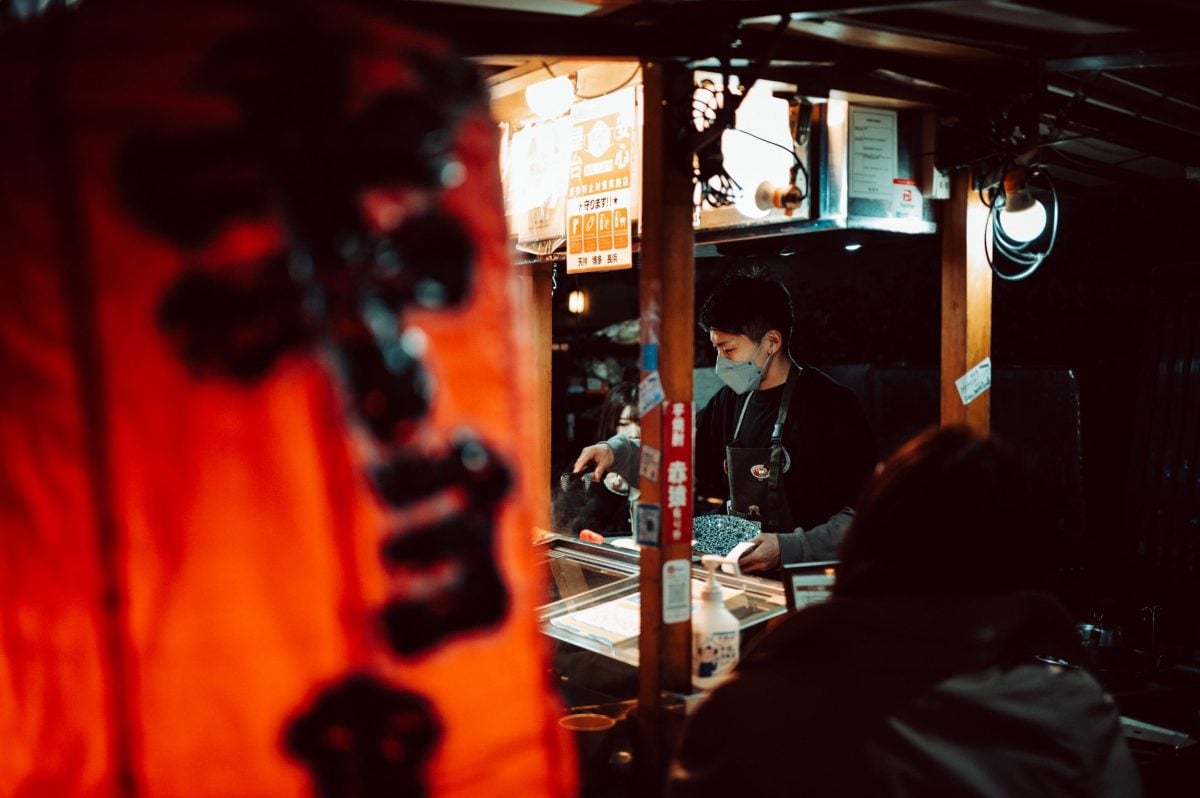
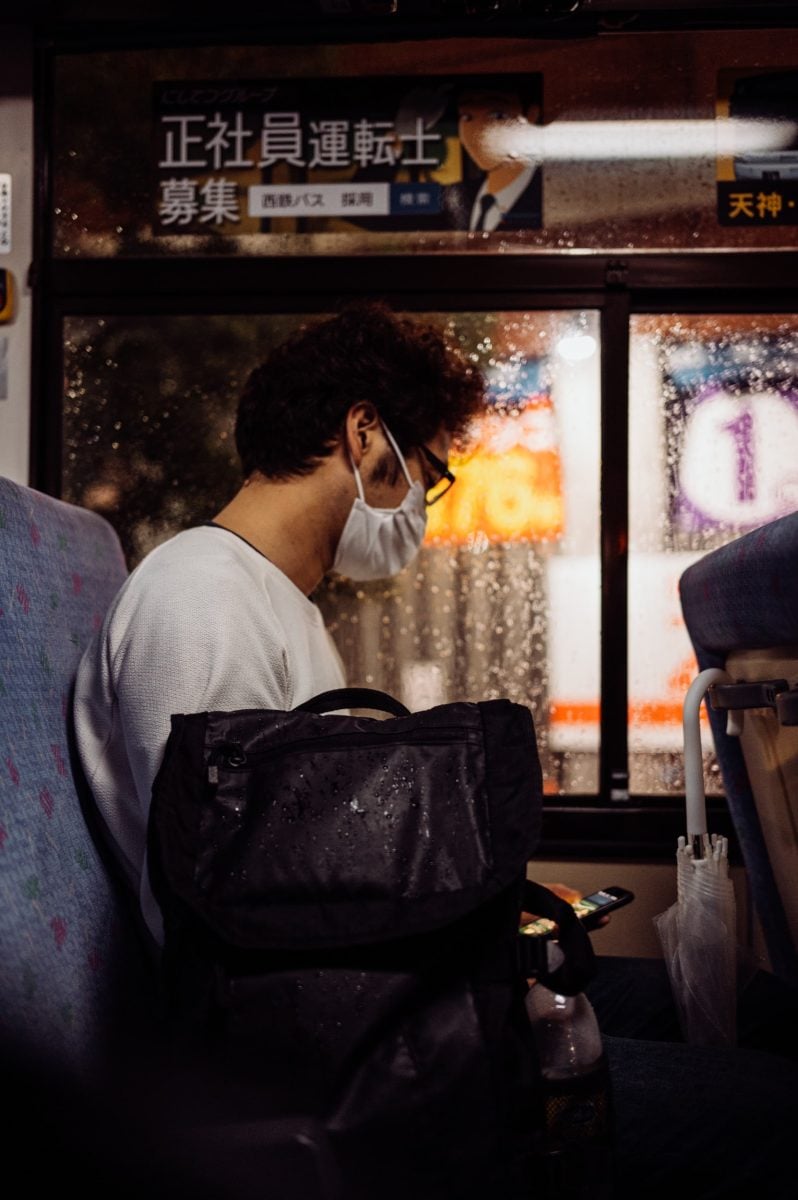
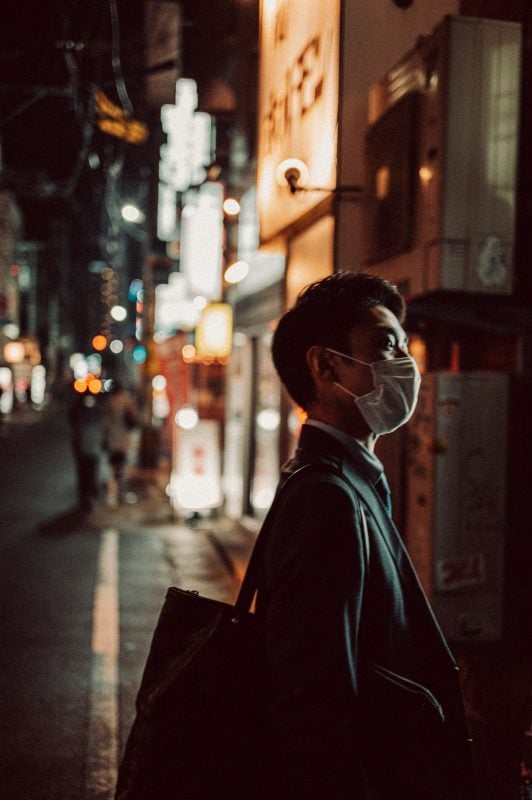
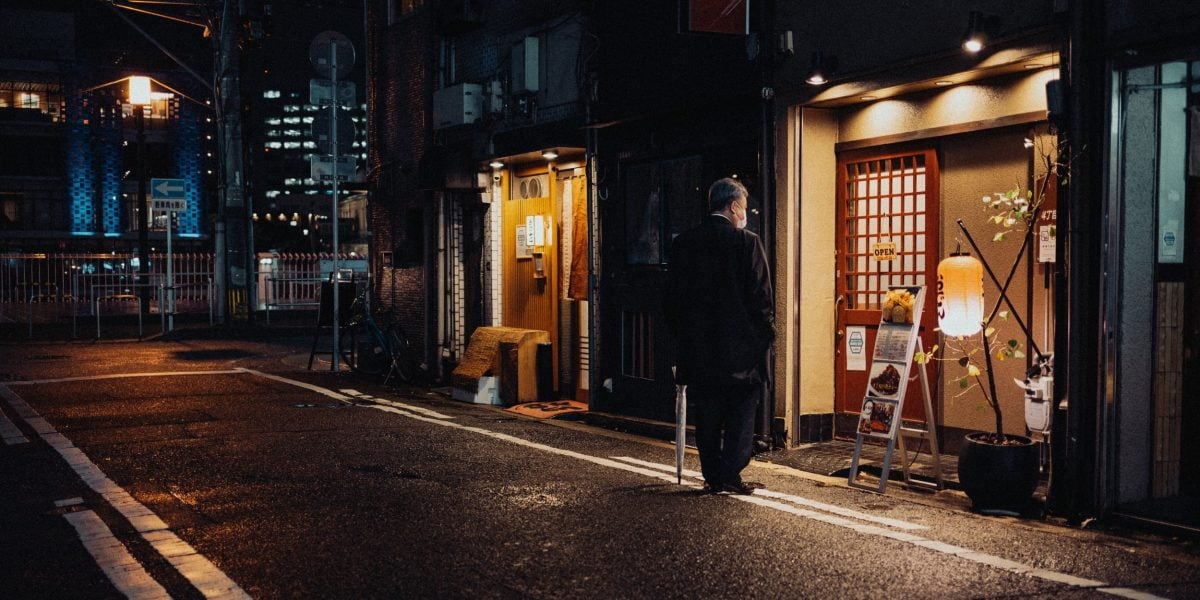
In Motion
Some slow shutter action. I like doing slow shutter street shots on 35mm. It seems like 40mm works well for it as well.
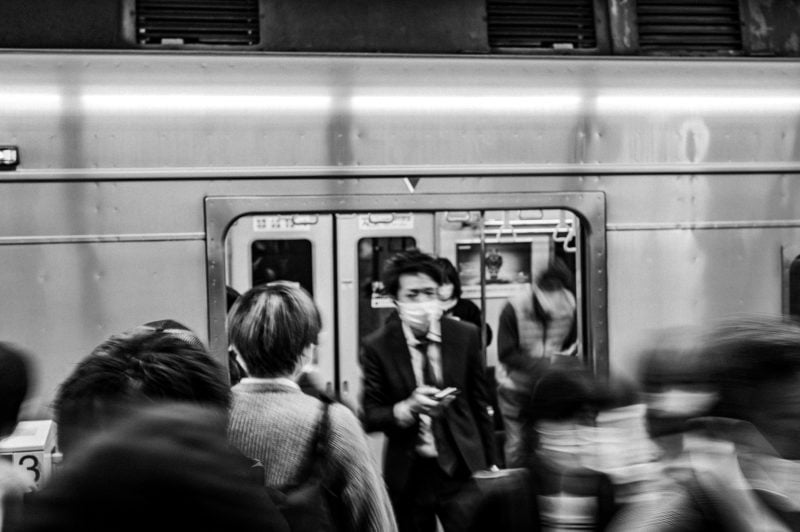
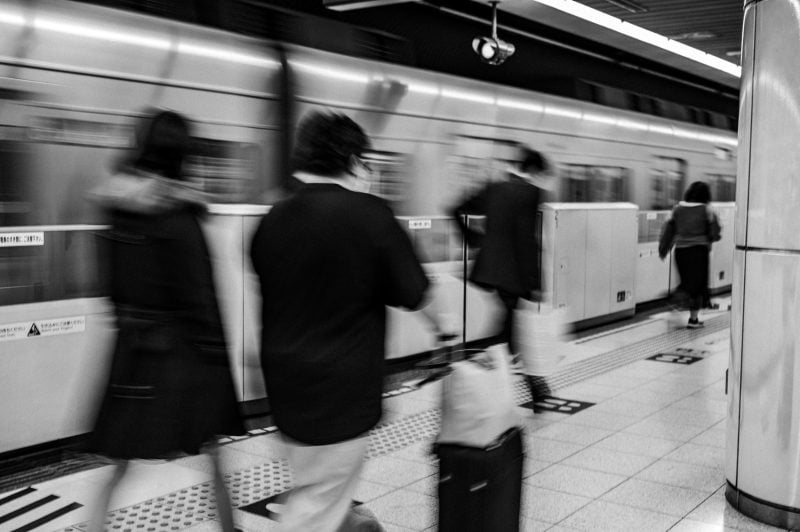

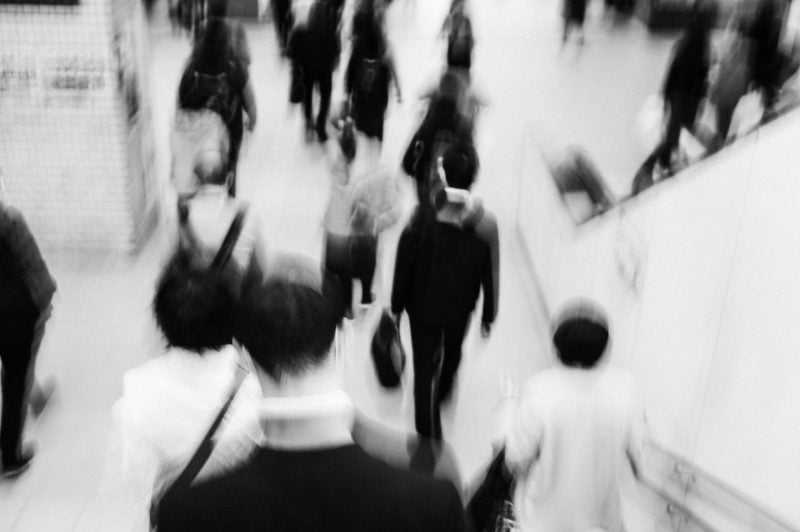
| **This website contains affiliate links. We will earn a small commission on purchases made through these links. Some of the links used in these articles will direct you to Amazon. As an Amazon Associate, I earn from qualifying purchases. |

